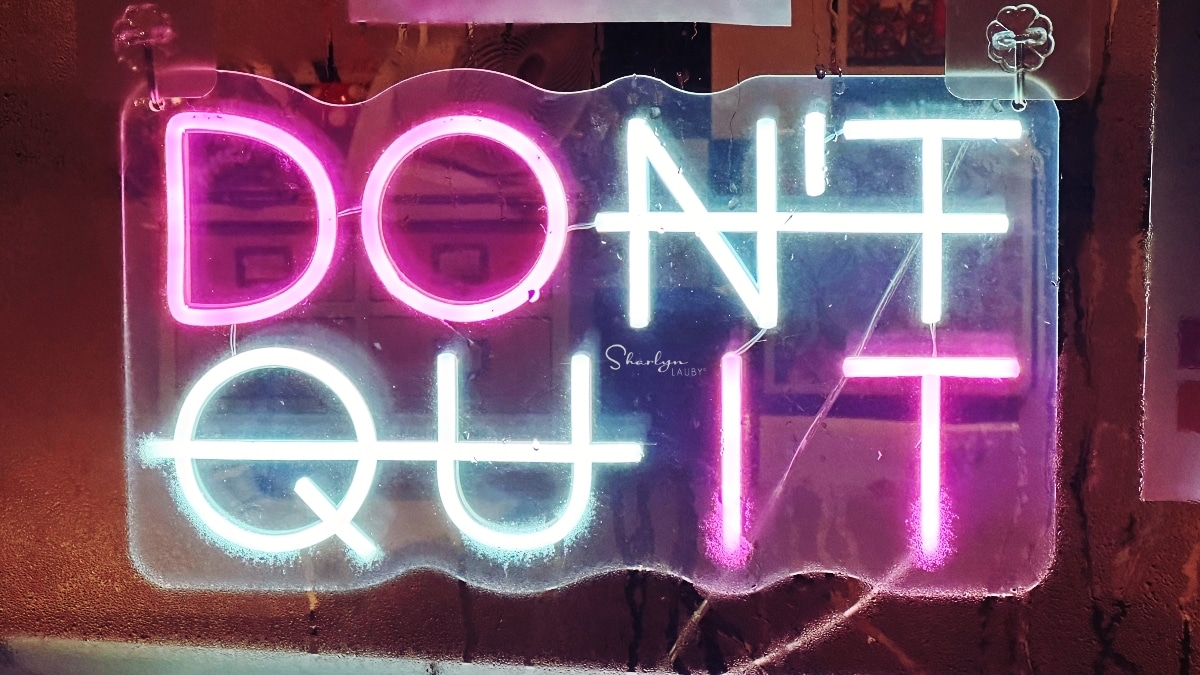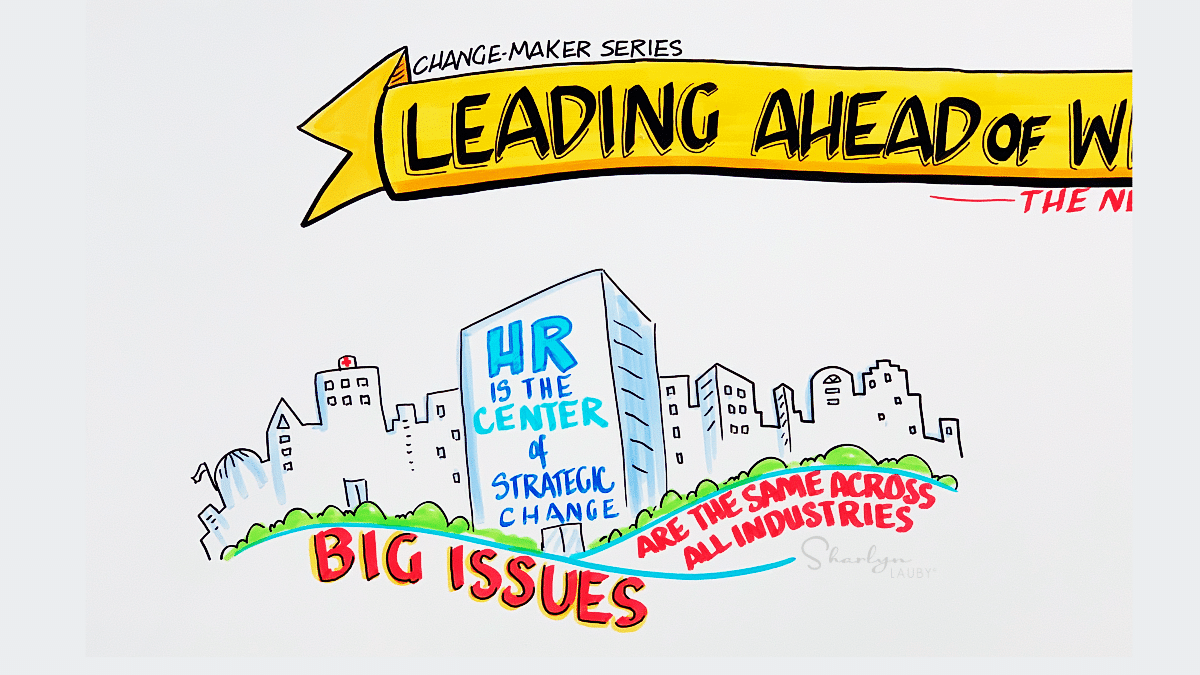As we continue the June series of new voices in L&D, I am pleased to have Helen Bailey join us and contribute her piece about critical thinking in a world of AI.
Helen Bailey is an award-winning freelance Learning and Development Professional with experience across a variety of sectors including healthcare, distribution and retail. Describing herself as ‘Constantly Curious’ she is passionate about creating interactive and engaging Leadership Development which focuses on practical solutions that leaders and managers face every day at work.
I don’t edit or amend the pieces being written for me. I’m not an editor, and that’s not something that matters for the purposes of this series. Each piece is submitted in the author’s own writing style. I’m also not fact-checking, unless there’s something that needs to be fact-checked.
Have we lost the art of Critical Thinking?
In a world where conversation seems dominated by AI I have been reflecting on Critical Thinking and whether we have lost this art.
So, what is Critical Thinking? Tim Coburn identifies it as the ability to think well, to think clearly, to take into account a number of diverse considerations which leads me to my favourite word – triangulation -the use of multiple datasets to validate or corroborate data.
However, how often in our working lives do we actually do this? Work is busy, life is busy and often we reach for the quick solution, or the data has been manipulated to present a certain point of view. As Aaron Levenstein once memorably said “Statistics are like bikinis – what they reveal is suggestive, what they conceal is suggestive.” You can find some interesting examples where this has taken place here.
Outside of work we live in a world of click bait where the big headlines grab attention and the BBC have identified a number of misleading campaigns in the 2019 General Election including the Conservatives rebranding their Twitter now X site as a fact checking site.
However it is clear that these Critical Thinking skills remain important as identified in the World Economic Forum Future of Jobs Report which notes analytical thinking as the top core skills for workers. I remember choosing my A Level’s and dismissing the Critical Thinking option as I thought it didn’t sound that interesting yet looking back it is probably the one, I use most often in my day-to-day life. For example, when meeting with clients I often get asked for Time Management training – my response is always to ask a lot of questions to identify data and guess what more often that not it is not about time management. It is about increasing workload, over complicated systems or a lack of trust between teams and management amongst others.
More recently this has had a rebrand into an Evidence Based approach particularly in the world of the CIPD and the HR Profession Map. From an L&D perspective what is interesting that in the CIPD Learning at Work report 2023 only 9% noted that they strongly agreed with the statement that they designed or made recommendations using evidence informed principles. The same report also noted that there had been a decrease in L&D meeting organisational priorities.
The rise of the much-discussed AI has led in some quarters to use of material from this source with an unquestioning eye, yet it is clear there are some flaws that sit within this. For example Stable Diffusion asked AI to produce an image of a doctor and it took three goes before a picture of a woman was produced. In a world where Equality, Diversity and Bias are widely discussed which indicates this has not been eliminated and as AI is based on amounts of existing data there needs to be a recognition that we should interrogate responses here as well.
And it should be remembered that AI doesn’t know everything – recently I was checking an expression from a client meeting, and this is the response that came back:

Ultimately using critical thinking will enable us to make better decisions and be more effective and makes us more credible when we are presenting ideas and solutions.
So how do we get there – well here are a few hints and tips to get us started:
- Focus on the facts rather than opinion – what are they telling you?
- Use reliable sources and scientific literature – my heart does tend to sink when I see Wikipedia cited.
- Use multiple sources of data and if they are telling you the same thing that is probably the way to go. The CIPD suggest reviewing scientific literature, organisational data, expertise and judgement from practitioners and consultants and stakeholders.
- Always consider the range of data – the old adage of the shampoo adverts range true. 80% of people preferring one type sounds good however if the data set is only 8 people how valid is that?
- Listen actively to what is being said and as Julie Starr notes what is unsaid in Deep Listening.
If I was to have T-Shirts printed on this topic I would say ‘Think Critically – Be Better!’ and who wouldn’t want a bit of that?






















